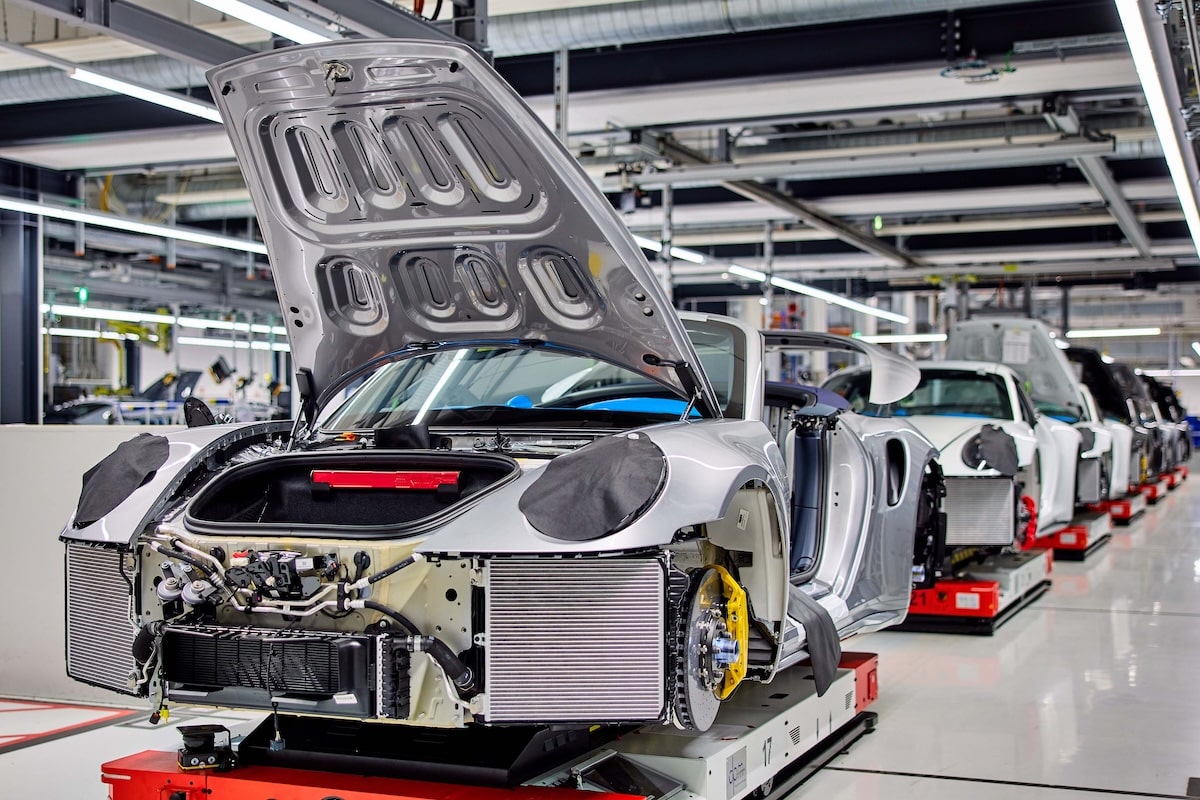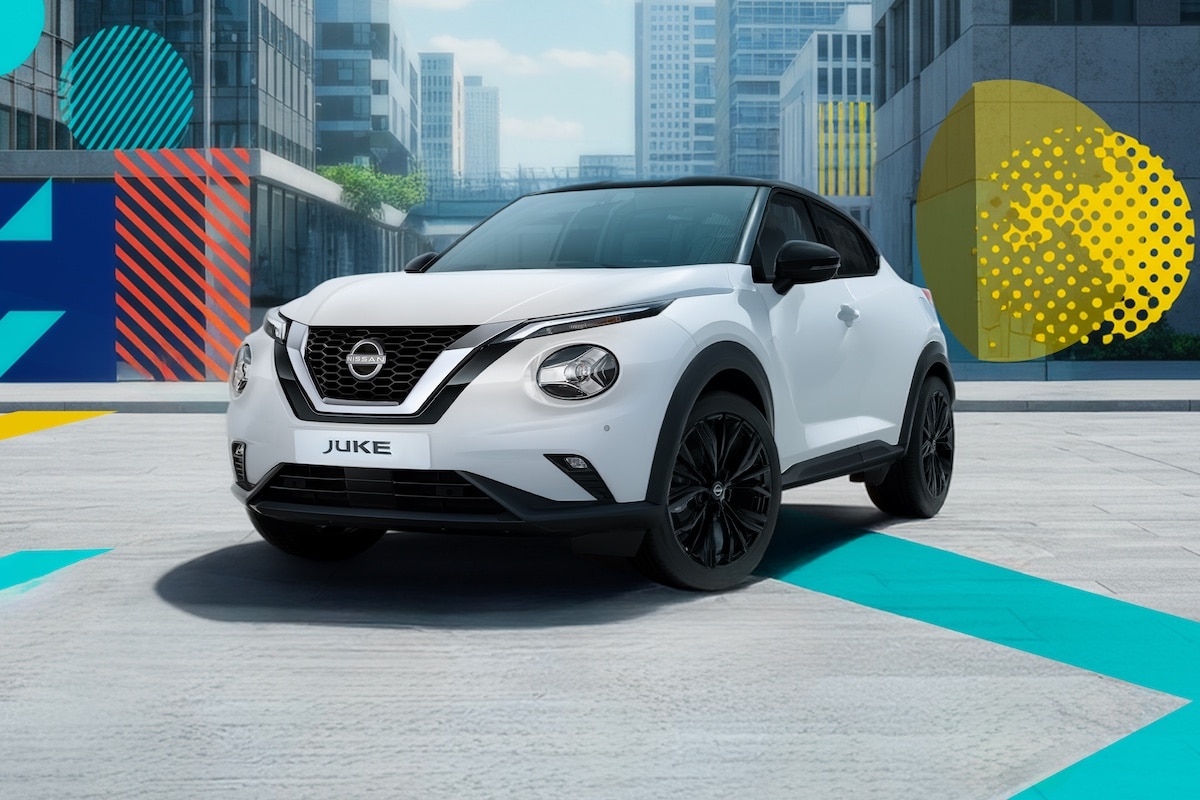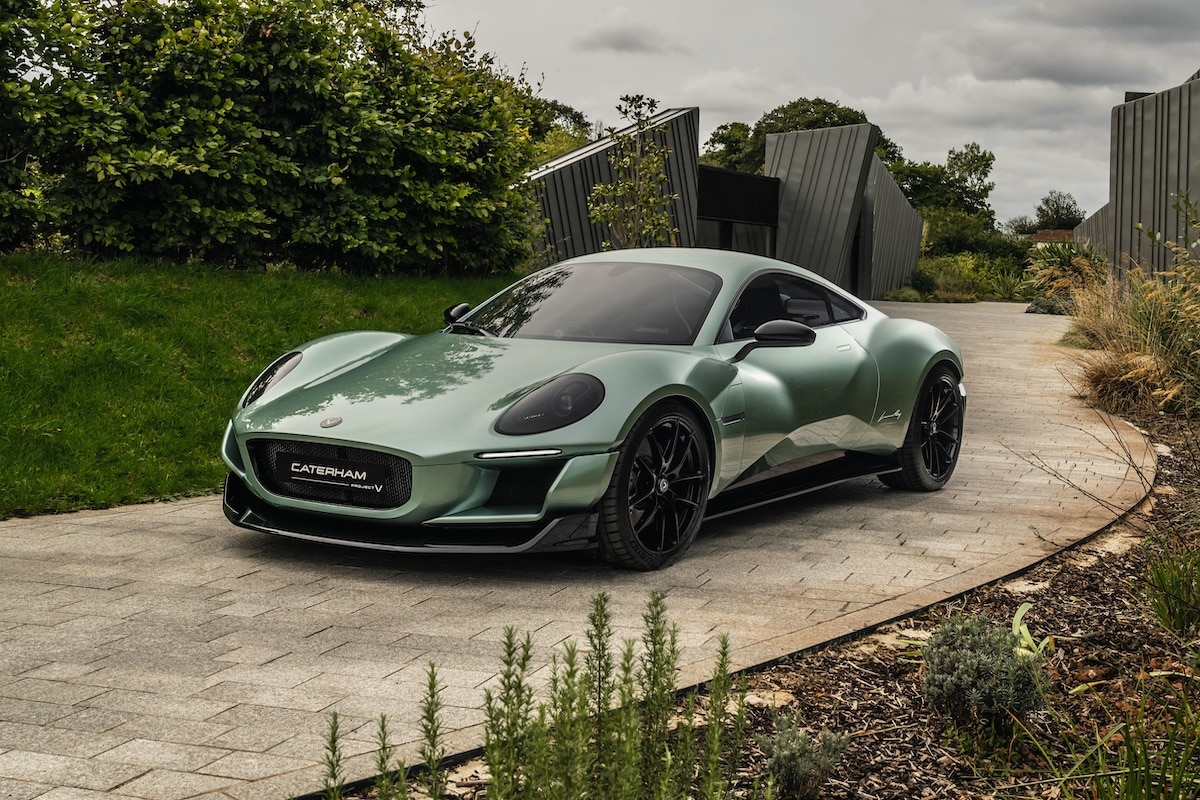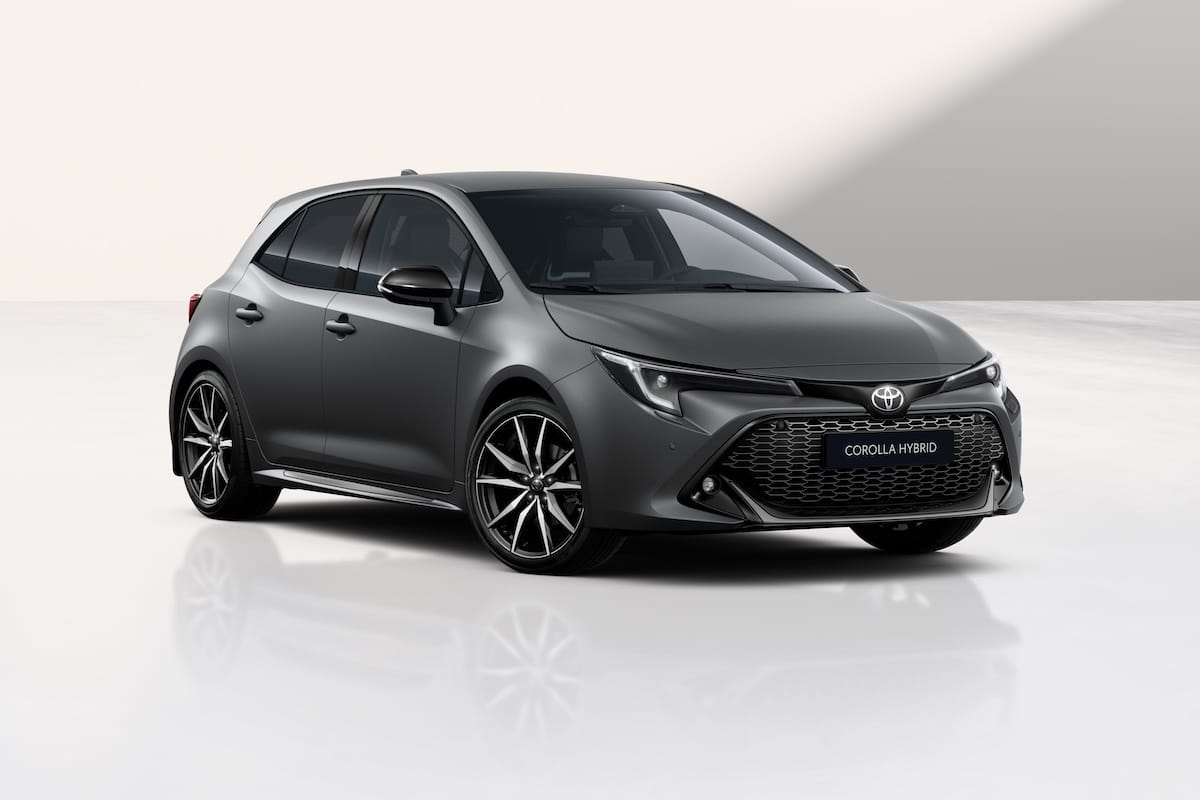Porsche: Produce in the United States or Die?

The German manufacturer Porsche has revealed its financial results for the first nine months of 2025. They are disastrous.
How did the most profitable car company in history become, in just 12 months, barely profitable? For years, Porsche embodied the ultimate industrial exception: a manufacturer able to boast margins higher than Ferrari while producing over 300,000 cars annually. But in 2025, the house of cards suddenly collapsed. In nine months, the group’s operating profit plummeted from €4 billion to… €40 million. A 99% decrease! And all this while deliveries only decreased by 6%. At first glance, the equation seems absurd. In reality, it reflects the simultaneous collapse of all pillars of the Porsche model.
| Porsche AG Group | Q1-Q3 2025 | Q1-Q3 2024 | Change |
| Sales revenue | €26.86 billion | €28.56 billion | -6.0% |
| Operating profit | €40 million | €4,035 million | -99.0% |
| Operating return on sales | 0.2% | 14.1% | |
| Deliveries to customers | 212,509 | 226,026 | -6.0% |
You might be interestedin this article:
What is Porsche’s problem?
The Stuttgart brand has not lost its customers. Its volumes, revenue (26.86 billion euros), and even its automotive cash flow (1.34 billion) remain solid. But the core of its profit engine, this complex ecosystem that turned each car sold into a stream of multiple revenues, has jammed on all fronts. The mistake would be to believe that Porsche only makes money on new car sales. Its secret lay in an ingenious combination: highly lucrative captive financing, high residual values, high-margin options, after-sales loyalty, and the value of used vehicles on a rare premium market. In 2025, all of this collapsed suddenly.

The first shock is accounting-related but revealing. Porsche recorded €2.7 billion in exceptional charges, related to reorganizing its product strategy and battery activities. The company, which had made the electric transition its flagship, is abruptly slowing down its schedule. Some 100% electric models are postponed; the upcoming EV platform for the 2030s is redesigned; and thermal and plug-in hybrid engines are making a comeback. In other words: the electrification strategy did not generate the expected return on capital, and the switch is costly.
Beyond this reorientation, the global context has further destabilized Porsche’s mechanics. China, long the main growth engine, is mired in an unprecedented price war in the premium electric segment. Customers, once eager for innovation, are now more cautious; discounts are increasing, and the perceived value of European models is weakening against local brands, which are more aggressive. The Chinese luxury market, once euphoric, is becoming more rational. As a result: Porsche sells, but earns much less on each car.
A customs barrier to overcome in the United States?
In the United States, the new 15% import duties on European vehicles hit hard. The brand had no choice but to compress its margins to keep prices stable and avoid losing ground to local or Asian competitors. Even with record deliveries across the Atlantic, profitability has collapsed. So much so that one day (perhaps even already) the question will arise — or has already arisen — about producing in the US like BMW or Mercedes. After all, some Porsche models already come from non-German factories, such as the Cayenne built in Slovakia (Bratislava), or even assembled in kits in Malaysia (Kulim) for the Asian market. What would be wrong with seeing Made in USA Porsche, honestly?
In Europe, ecological taxation adds to the equation: stricter CO₂ penalties (€80,000 in 2026, €100,000 in 2028!), fiscal rules on taxable power, usage restrictions. The total ownership costs are soaring.
Is the used car market collapsing?
On the used car market, another issue is emerging: the sharp decline in residual values of electric vehicles. Where Porsche relied on high buy-back values to offer attractive leasing rents, the curves have reversed. Used electric vehicles depreciate faster than expected, forcing the brand and its captive bank to revise their resale assumptions and allocate more provisions. This results in higher rents—which makes demand more fragile—and accounting losses on financing programs. A typical industrial transition spiral.
All this occurs in a context of persistent inflation in production, energy, and transport costs, coupled with disorganized supply chains that keep component prices high. Porsche, whose model relies on precise margin management, bears the brunt of this loss of control over its traditional levers.
Sure, the group still shows increasing net cash flow, proof of disciplined financial management and good working capital management. But this cash flow buffer should not hide the core issue: the most profitable brand within Volkswagen is facing a systemic crisis, where product, taxation, market dynamics, technology, and customer perception all align in a negative direction.
Porsche promises that 2025 will mark the “trough” before an expected rebound in 2026. But only if the situation does not freeze. To restore its stature, Stuttgart will need to rationalize its electric offerings and, more importantly, rebuild the value of its ecosystem: restore trust in the value of used electric models, lighten the tax burden faced by the end customer (think of a true hybrid 911 that would cut down emissions rather than boost performance…), and find a balance between desirability and profitability.
This story of 2025 is not about a brand selling less, but about a manufacturer whose once-infallible profit model has collapsed under the weight of its own success. A painful lesson for the entire industry: in the automotive transition, the fall does not necessarily come from volume but from the fragility of everything that revolves around it.
READ ALSO: Alpine A110: you still have 1,790 opportunities to buy one!
This page is translated from the original post "Porsche : produire aux États-Unis ou mourir ?" in French.
We also suggestthese articles:
Also read



